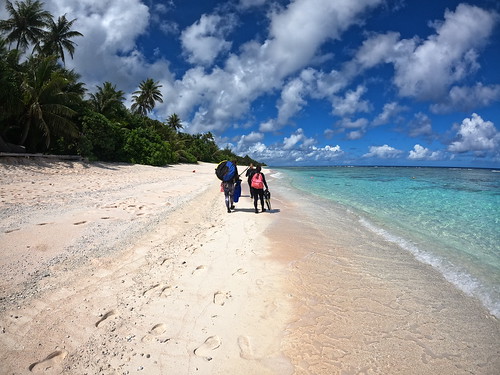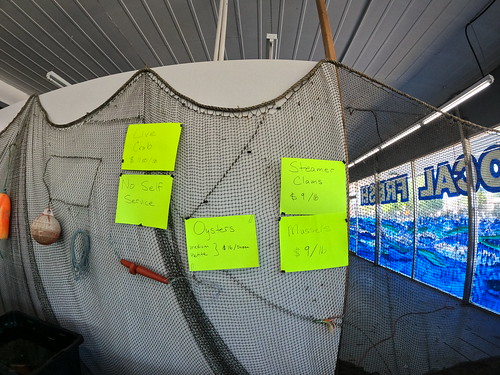Working as an Oregon Sea Grant Summer Scholar these past ten weeks has been a blast! I learned so many lessons that will be applicable throughout the entirety of my career in science. My favorite parts of my internship were all the times I was able to interact with other people interested in the Oregon seafood industry. I loved Fridays when I could join my mentor, Angee, at the Newport docks. I also enjoyed the interviews I had with industry leaders up and down the Oregon coast. Overall, I felt the most connected to the coast when I could interact with people who had deep connections with it.
This feeling is something I hope to carry into my next step as a scientist. I am currently living in Guam working towards getting my masters degree in coral restoration genetics. While working here I plan to establish a relationship with community members and other scientists. By learning from people who have lived with and studied this area far longer than I have, I should be able to deepen my respect for corals and integrate a diverse range of disciplines into my work. In addition to expanding my community here, I plan to continue making science education videos and posts. Instead of posting about Eat Oregon Seafood, I will shift to posting about coral restoration research. I also hope to make some videos that may help demystify graduate school for students who don’t initially see themselves belonging there.
I will spend three years here in Guam completing my masters (and I can already tell they are going to be three of the best years of my life). Afterwards, I plan to pursue a PhD in coral science (and maybe even dive a little into policy as a Knauss fellow – who knows!). I am positive that I will continue to appreciate Oregon seafood management from afar and use everything I learned this summer to look at my current work from different perspectives. Big thank you to Oregon Sea Grant, my summer mentors, and everyone else who made this summer possible!







